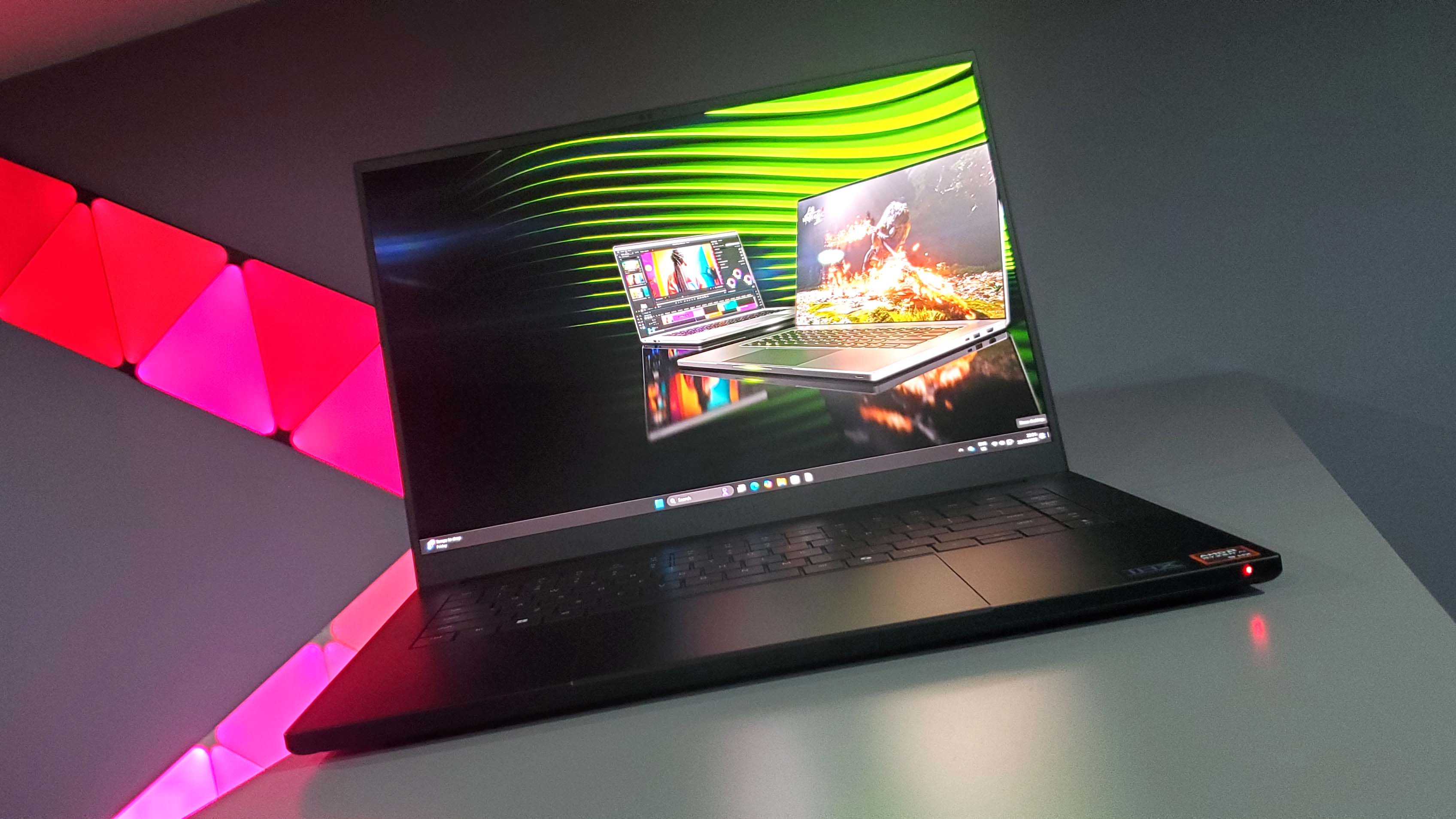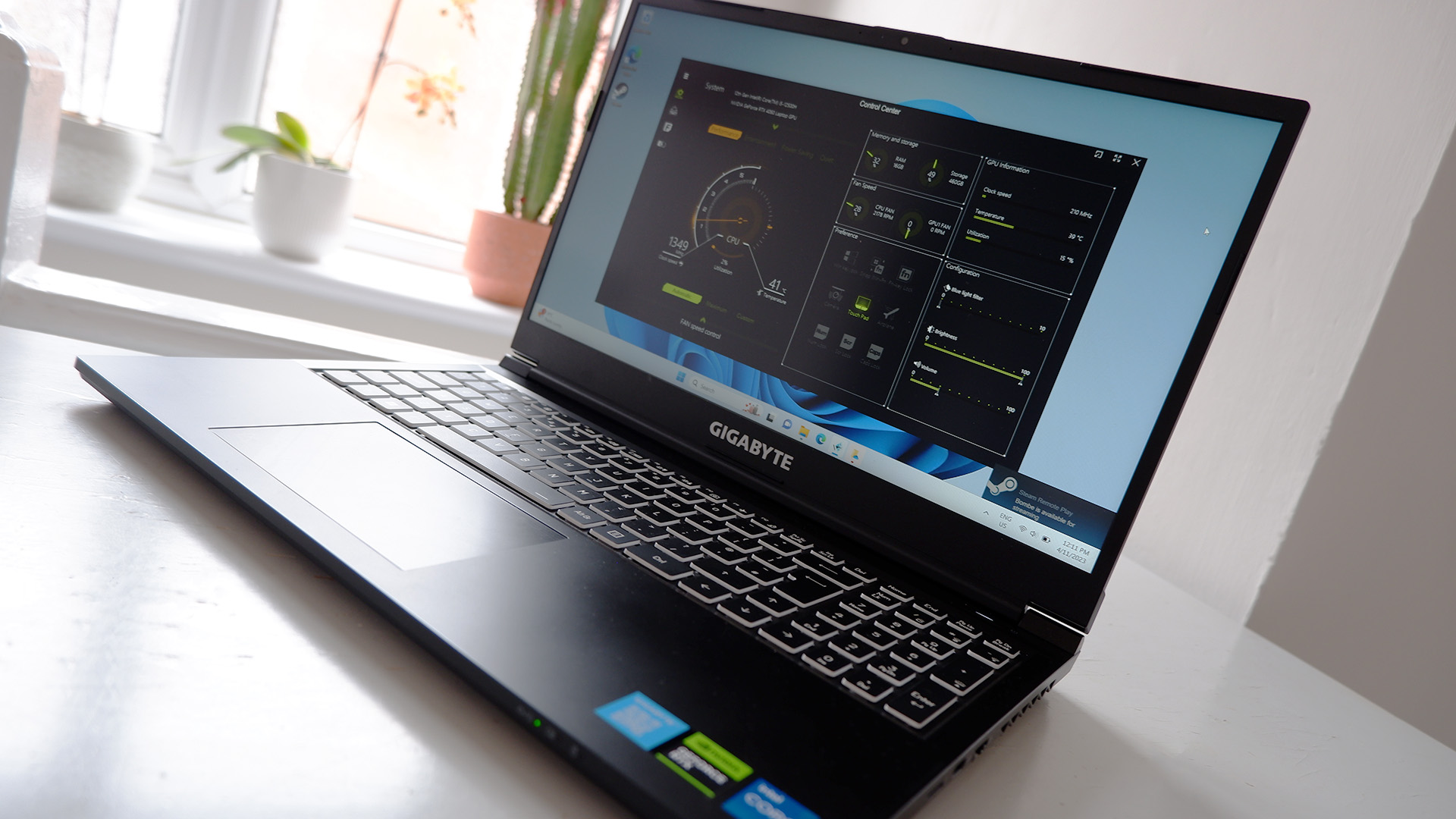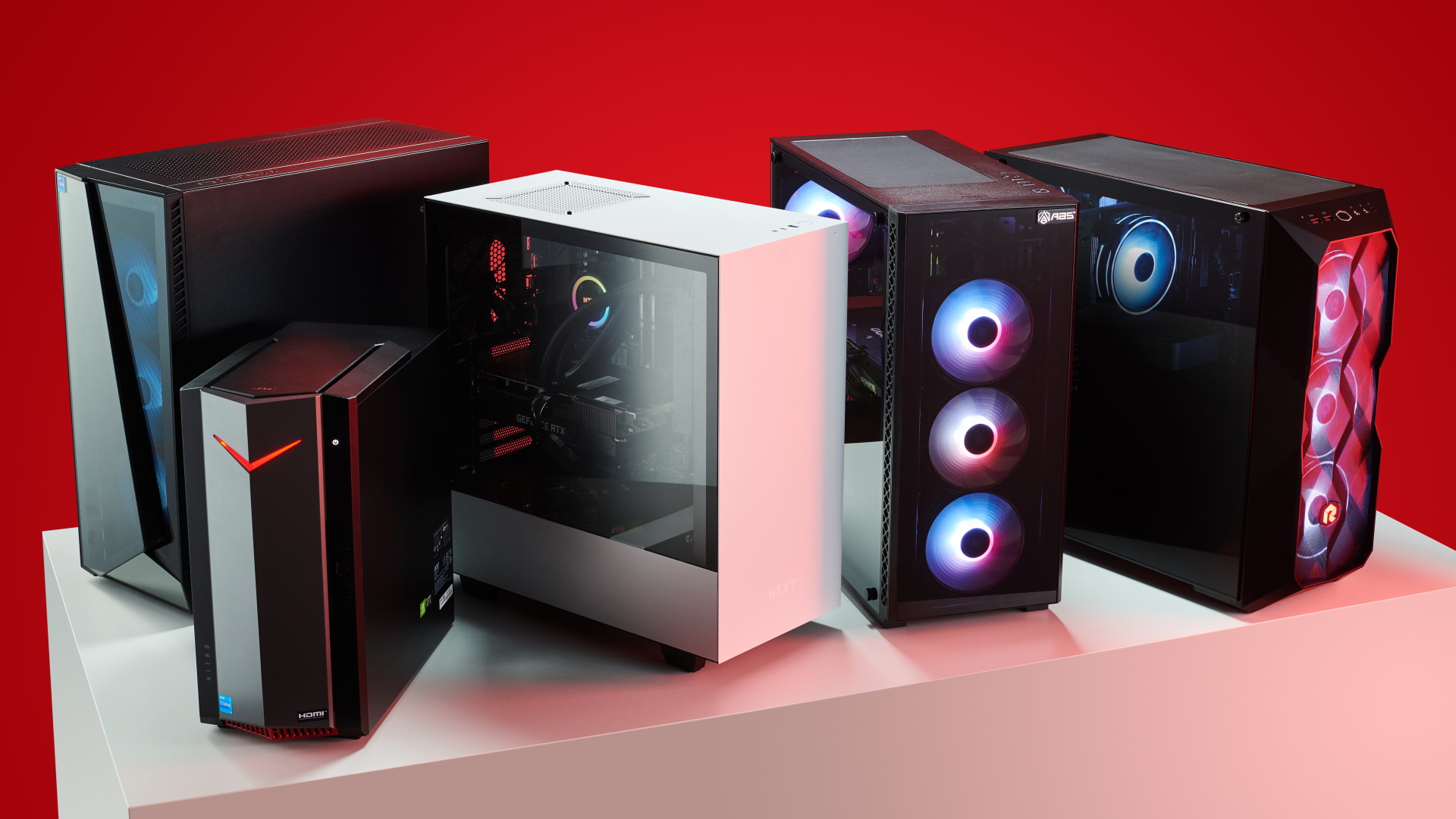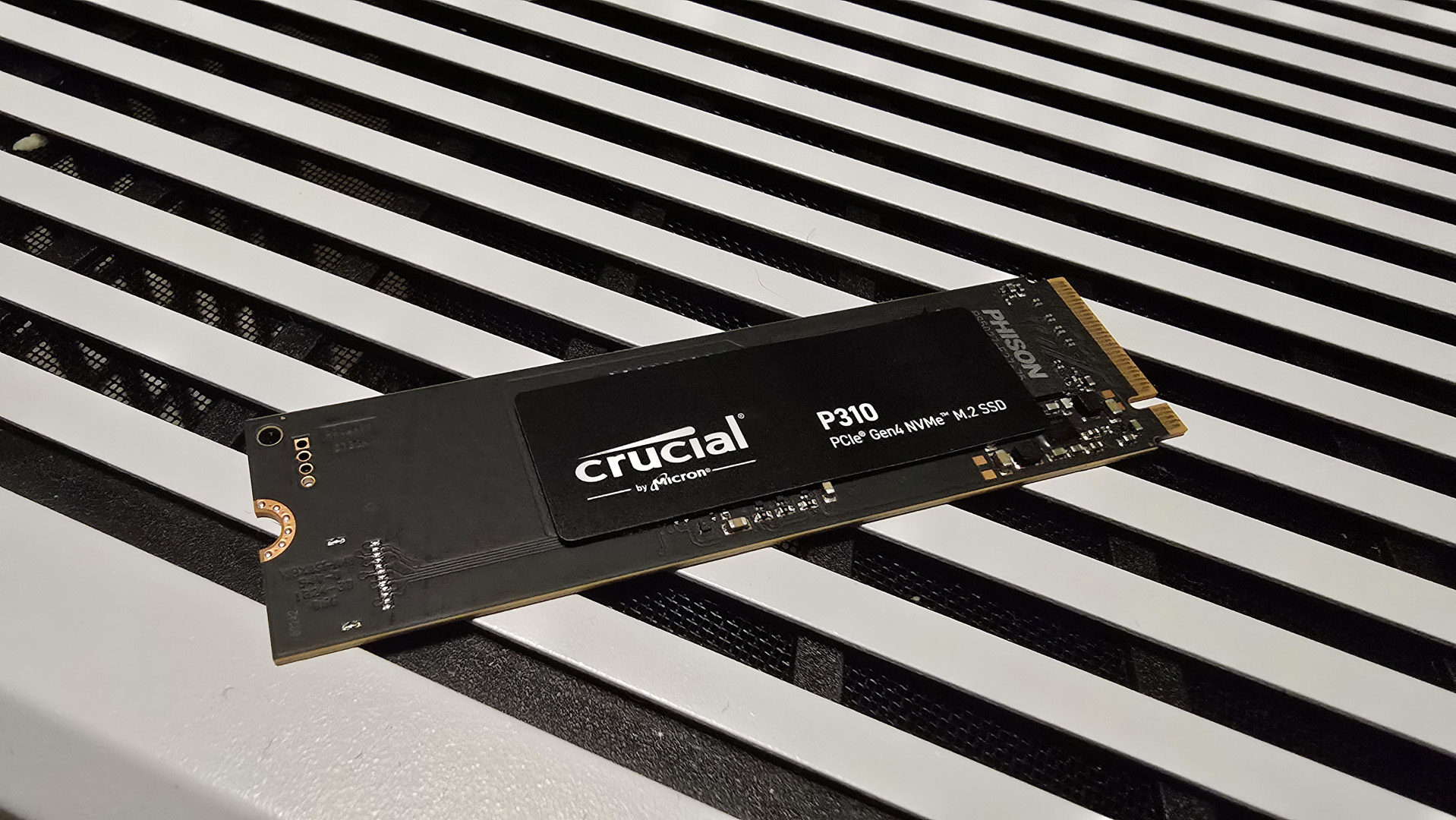Nvidia hasn't announced them yet but laptop vendors confirm that RTX 5050 and 5060 GPUs are almost here, and they'll both have 8 GB of VRAM
A power-efficient RTX 5050 laptop could be the perfect entry-level gaming laptop.

They've been rumoured/leaked about so much that the GeForce RTX 5050 and 5060 GPUs are almost certainly 'official', even though Nvidia itself hasn't said anything publicly. However, some of the biggest laptop vendors in the world have decided they'll just do it anyway because everyone and their grandma already knows about them.
The confirmations were spotted by Videocardz which noted that Lenovo, LG, and Razer were also listing the RTX 5050 and 5060 laptop GPUs on some of their product pages. "Nvidia GeForce RTX 5050 8GB graphics card is only available in 16Z90TR-E.AD88C2 model," says LG, whereas Razer just outright lists the 5060 as one of the options for its new Blade 16 laptop.
While all this confirms the impending launch of the smallest Nvidia Blackwell GPUs, it sadly doesn't provide us with any of the really important details, such as shader unit count, clock speeds, and critically for laptop performance, the power limits.
That said, Videocardz notes that a Lenovo post for its upcoming 16-inch IdeaPad Pro 5, says that the device will have a shared 135 W power budget for the Intel Core Ultra 200H CPU and RTX 5050, with the former grabbing up to 70 W of the total. That leaves 65 W for the little GPU but that's a little bit down on what many current RTX 4050 laptops offer.
For example, I use an Acer Nitro V 15 laptop for my performance analysis pieces, and its RTX 4050 is capped at 75 W (out of a potential maximum of 115 W). It's more than enough for it to offer decent entry-level 1080p gaming, even in the latest AAA mega-graphics games, though its 6 GB of VRAM is often a bit of an issue. The fact that the RTX 5050 is confirmed to be coming with 8 GB of GDDR7 means that this chip really could be perfect for entry-level gaming laptops and perhaps even better than the RTX 4060.

And that's because Nvidia has made quite a lot of fuss about how energy-efficient its Blackwell laptop GPUs are, first at the CES launch event and then during this year's GDC. We've seen this for ourselves in Razer's new Blade 16 laptops; our Dave recorded a frankly ridiculous 135 minutes for the 175 W RTX 5090 model, in the PCMark 10 battery life test.
To put that into some kind of perspective, a last-gen RTX 4090 Lenovo Legion 9 just lasts for 41 minutes, even though the GPU has the same power limit as Razer's RTX 5090 laptop. Admittedly, one has to take into account that this machine sports a Ryzen AI 9 HX 370 CPU whereas the Legion 9 uses an old Core i9 13980HX, which just eats through power.
The biggest gaming news, reviews and hardware deals
Keep up to date with the most important stories and the best deals, as picked by the PC Gamer team.

Best gaming PC: The top pre-built machines.
Best gaming laptop: Great devices for mobile gaming.
As to the RTX 5060 laptop GPU, there's no news about its power limit but I suspect it'll be roughly the same as the RTX 4060—up to 115 W, plus a few more watts when dynamically boosting. Whether it's going to be worth spending more on an RTX 5060 laptop than an RTX 5050 one, will depend entirely on how many shader units each GPU has.
It's been rumoured that the desktop variants of these chips will have 2,560 and 3,840 CUDA cores respectively, but it's anyone's guess whether the laptop versions will be the same.
If those figures transfer across to the mobile sector, then the RTX 5050 might not be much faster than an RTX 4050 (1080p gaming doesn't hit graphics memory bandwidth enough for GDDR7 to make a huge difference), but a 3,840 shader RTX 5060 could be a genuine rocket. All we need is for Lenovo, LG, and Razer to drop those figures too, because heaven knows Nvidia is taking its time over all the RTX 50-series announcements.

Nick, gaming, and computers all first met in 1981, with the love affair starting on a Sinclair ZX81 in kit form and a book on ZX Basic. He ended up becoming a physics and IT teacher, but by the late 1990s decided it was time to cut his teeth writing for a long defunct UK tech site. He went on to do the same at Madonion, helping to write the help files for 3DMark and PCMark. After a short stint working at Beyond3D.com, Nick joined Futuremark (MadOnion rebranded) full-time, as editor-in-chief for its gaming and hardware section, YouGamers. After the site shutdown, he became an engineering and computing lecturer for many years, but missed the writing bug. Cue four years at TechSpot.com and over 100 long articles on anything and everything. He freely admits to being far too obsessed with GPUs and open world grindy RPGs, but who isn't these days?
You must confirm your public display name before commenting
Please logout and then login again, you will then be prompted to enter your display name.

